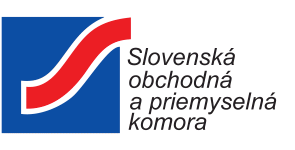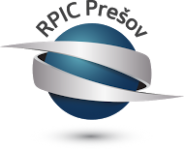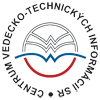Summary:
Researchers from a Czech university developed a device based on X-ray fluorescence for non-destructive analysis of materials. The analyses with standard devices determine elemental composition only in a selected spot on an investigated object. This device enables scanning of a selected area with a variable detection angle, which makes possible to obtain surface distributions of present chemical elements with approximate depth distributions. Partners interested in licensing agreement are sought.
Description:
Non-destructive chemical analysis of materials is one of the main methods in research and industrial production. The devices using stimulated emission of X-rays are able to determine chemical elements present in surface parts of an arbitrary object. Almost all elements with an atomic number higher than 13 can be identified simultaneously in a few seconds.
Conventional XRF devices (analysers using X-ray fluorescence) are able to analyse samples taken from an investigated object or to measure a selected spot on an object surface. This analytical approach is inappropriate for objects with heterogeneous structure, when analysis of one spot on a sample does not say anything about properties of the whole object.
The quick scanning of an object surface with the scanning X-ray fluorescence analyser, which was developed, can reveal differences in elemental composition. Apart from such identification of surface heterogeneities, the surface of an object can be scanned at various angles. It enables us to recognise the depth heterogeneities (layered structure) too.
The scanning X-ray fluorescence analyser finds its application wherever it is necessary to carry out non-destructive analysis of rather inorganic materials. These include metal, glass, paint and pigment industries, as well as research in the field of objects of cultural heritage.
The scanning X-ray fluorescence analyser can be easily combined with X-ray radiography.
The sample max. size is 50 cm x 50 cm x 40 cm (length x width x height).
The Czech researchers are looking for cooperation with a company, which would like to manufacture the offered technology and/or use the technology for providing services, based on a licensing agreement.
The subject of the licensing will be: device principle, detailed scheme, control diagram, and know-how for manufacturing of this advanced scanning X-ray fluorescence analyser.
Type (e.g. company, R&D institution…), field of industry and Role of Partner Sought:
The university would like to cooperate with a partner from industry, who would like to manufacture the offered technology and/or use the technology for providing services, based on a licensing agreement.
The subject of the licensing agreement will be detailed description of the device principle and its scheme and know-how for manufacturing of this scanning X-ray fluorescence analyser.
Stage of Development:
Already on the market
Comments Regarding Stage of Development:
The device is designed and tested and it has been already supplied to a customer.
IPR Status:
Patent(s) applied for but not yet granted,Patents granted
Comments Regarding IPR Status:
Czech utility model granted.
External code:
TOCZ20200225001








